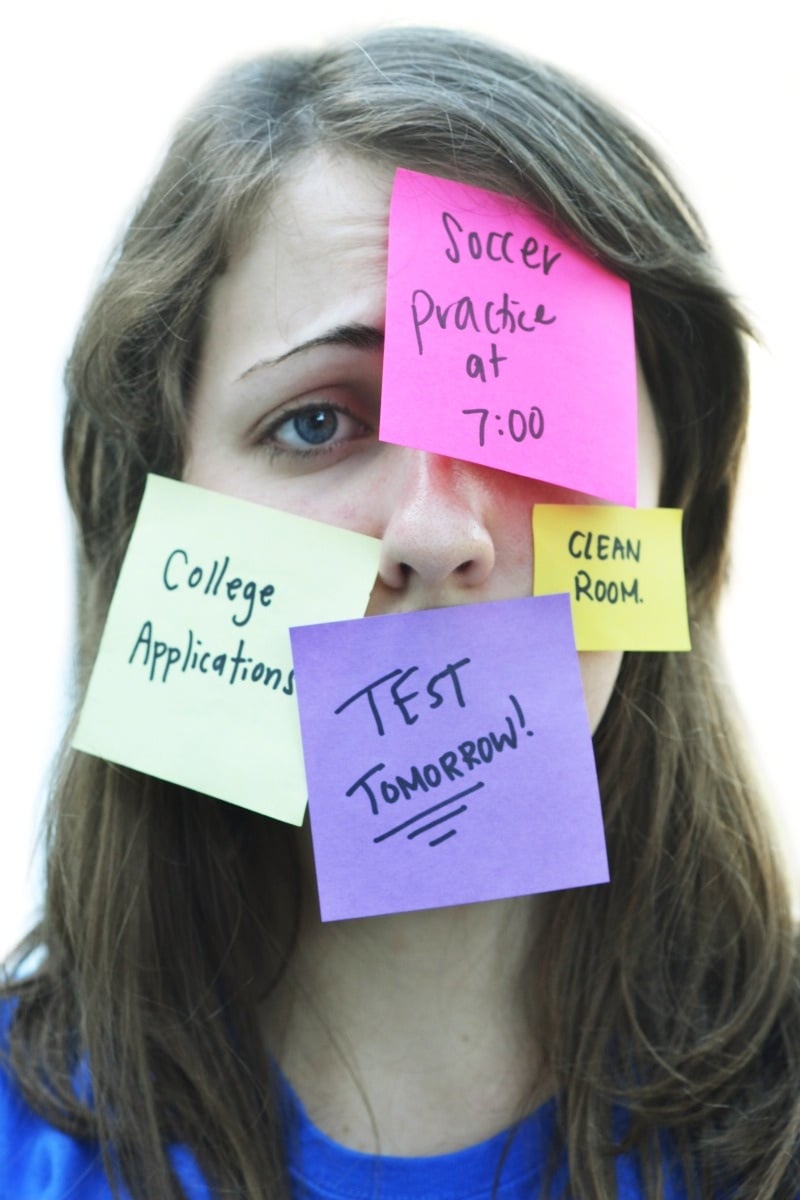How to Identify Anxiety in Adolescents and to Talk to Them About It
How to Identify Anxiety in Adolescents and to Talk to Them About It

One of the key issues that consumers ask us about is how to identify warning signs in adolescents regarding anxiety and how to raise the issue with their adolescents.
We get the sense that some parents do not know how to bring up the issue and what language to use when speaking to their children, including what to look for when the kids respond.
Everyone experiences anxiety, but what are the signs for which one should look when it becomes a problem for adolescents? Below are some symptoms and behaviors of different types of anxiety disorders for parents to keep in mind:
Social Anxiety Disorder
It is developmentally appropriate for adolescents to care about what others think of them, but social anxiety involves a worry about being judged or embarrassed that is above and beyond what peers commonly experience. If your adolescent stops participating in class, texting or calling friends, spending time with friends, or ordering in restaurants, then social anxiety may be an issue.
Separation Anxiety Disorder
Separation anxiety may be a concern if your adolescent worries about something bad happening to you or him/herself to the point that separating from you becomes difficult. This may look like an avoidance of going to school, parties, or sleepovers and/or a worry about you leaving home for work, errands, or social plans. Your adolescent may mention experiencing physical symptoms, such as stomachaches and headaches, right before separating from you.
Panic Disorder
Adolescents with Panic Disorder will describe having brief but intense episodes of anxiety that come “out of the blue” and that make them feel like they are having a heart attack or “going crazy.” During an attack, you may see them hyperventilate, shake, and cry, and they may tell you that they feel dizzy, nauseated, and sweaty. These adolescents fear having the attacks and may avoid places where they have had or might have panic attacks.
Agoraphobia
Agoraphobia may be present if an adolescent avoids public places, such as malls, modes of transportation, movie theaters, or school, because of a fear that he/she will be trapped and unable to escape or will embarrass him/herself.
Specific Phobias
Many people do not like bugs, heights, or needles. Having a specific phobia of something, however, interferes with daily life. For example, a refusal to go to the doctor to receive necessary bloodwork because of a fear of needles indicates that this type of anxiety is getting in the way.
Generalized Anxiety Disorder (GAD)
Your adolescent may have GAD if he/she has difficulty controlling worries about multiple issues, such as health, the future, finances, and the state of world. You may see your adolescent frequently seek reassurance and ask “What if” questions. You also may notice that no matter how many times you answer the questions, the anxiety and questions persist.
Anxiety can make it difficult to concentrate and sleep, and it also can make adolescents irritable. You may see adolescents avoiding their anxiety by spending excessive time on electronics and/or withdrawing from school, social plans, and extracurricular activities. Resistance to go places or do things in the home may not be a sign that you have an oppositional adolescent; it may be an indication that your child is anxious and trying to avoid experiencing distress.
How to talk to your adolescents about getting help for anxiety?
I recommend leading with concern and curiosity. Describe what you are seeing, without adding in words that convey judgment. For example: “I have noticed that you have stopped seeing your friends lately and asked us to make calls for you. I am wondering if these activities have been making you anxious.” After your child responds, you can follow up, if appropriate, with: “Anxiety is very normal, and it also can worsen and get in the way of things we want to do. I am here if you want to talk, and we also can take you to see someone to help you with this.”












